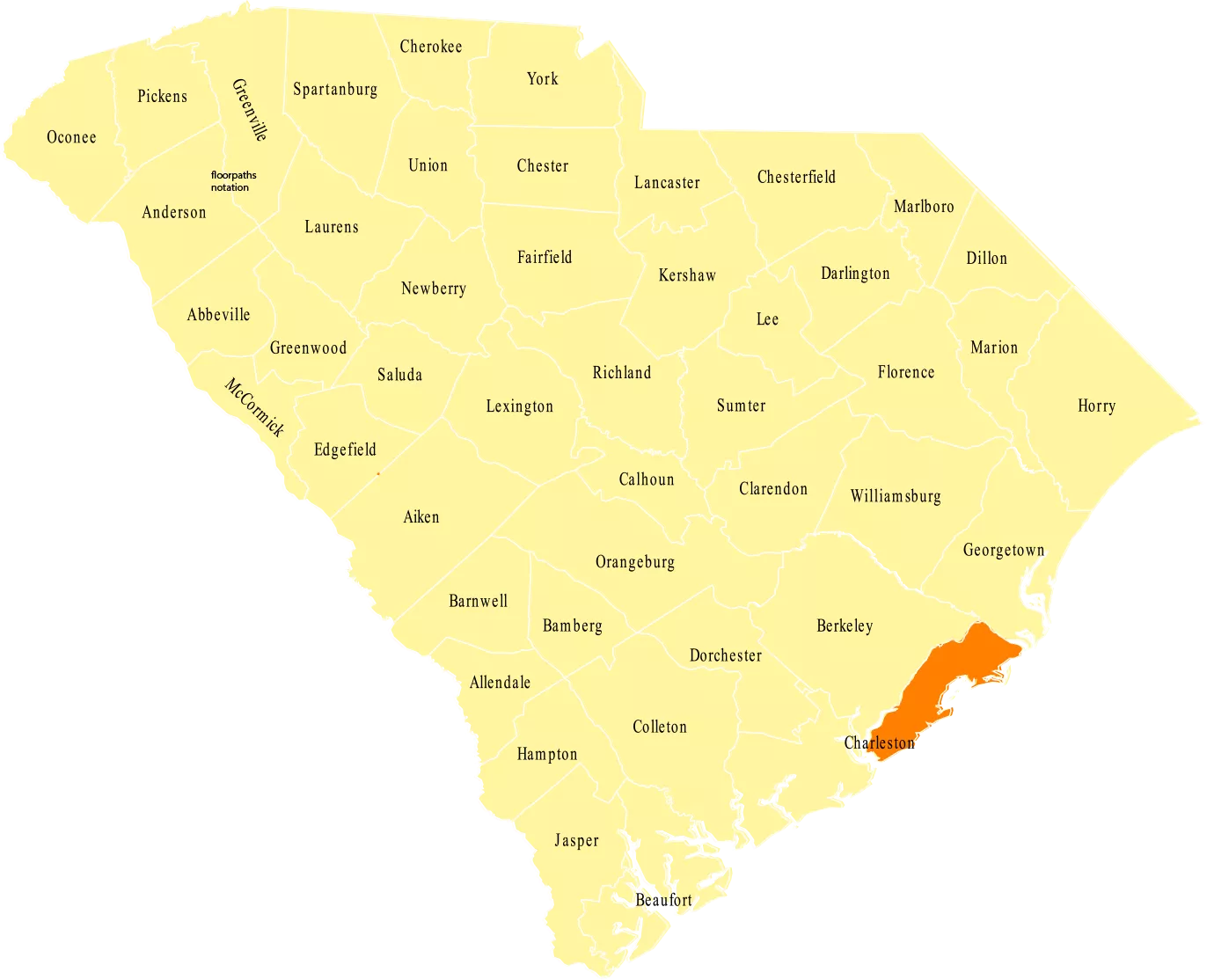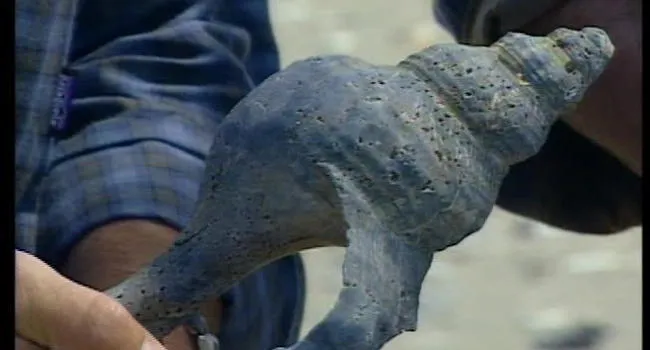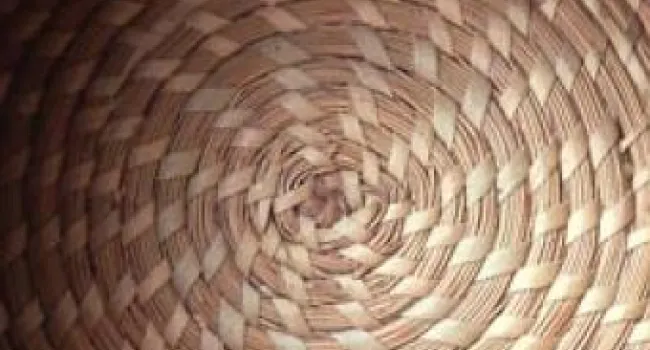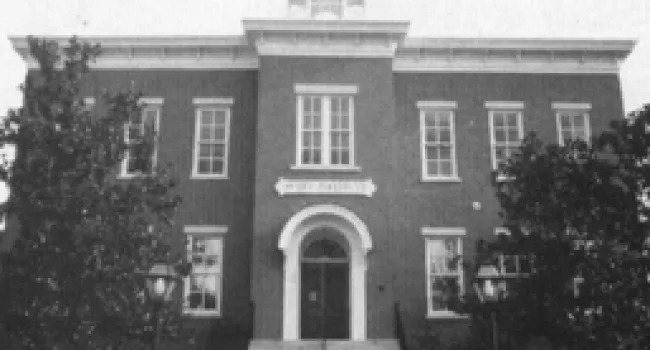
Video
In this episode of NatureScene, Rudy and Jim comb the beaches of Sandy Point, just northeast of Charleston, S.C. Sandy Point is part of the Cape Romaine National Wildlife Refuge. The most common shell...
“Charleston County and the city of Charleston, its county seat, are the most historic locations in the state.” Situated in the Lowcountry, the county serves as a popular vacation destination but also relies on the business that results from its port. The area in general serves as a large cultural and economic hub for the state.
Charleston County was founded as Charleston District in 1769, and the district became smaller after some of its lands were used to create Colleton and Berkeley counties. The county and its seat were named after King Charles II.
The city and county are saturated with Revolutionary War and Civil War history. Three signers of the United States Constitution and two famous abolitionists resided in Charleston County, and the Civil War began when soldiers fired shots from the county’s Fort Sumter.

Video
In this episode of NatureScene, Rudy and Jim comb the beaches of Sandy Point, just northeast of Charleston, S.C. Sandy Point is part of the Cape Romaine National Wildlife Refuge. The most common shell...
Video
The Florida horse conch is the largest gastropod one would find around the beaches of Sandy Point. The Atlantic murex is a gastropod which features blunt, but large spines on its shell. The Atlantic...
Video
Mixed in with the sea shells found on the beach, Rudy and Jim come across part of a Loggerhead sea turtle’s shell, a Skate egg case, known as a “Devil’s Purse,” a Vase sea sponge, a Hard-shelled clam...
Video
This area close by, once an oyster bed, has been covered in sand and is now a beach. A shrimping boat is seen out in the opening of the Atlantic Ocean. The area has around 280 registered species of...
Video
Clench’s Helmet is a univalve which feeds on echinoderms, like sand dollars. We see two shells which look very similar to each other, but actually come from different animals: a Knobbed whelk, and a...
Video
The Horseshoe crab which Rudy and Jim find is not dead, but is actually a shed exoskeleton! They also find whelk egg cases, and one of them still has young snails inside. Oyster shells are found...
Document
The African-American craft of making coiled baskets has been practiced in the South Carolina lowcountry for more than two centuries. Scholars acknowledge sweetgrass basketmaking as one of the most...
Document
The Avery Research Center for African American History and Culture at the College of Charleston is the recipient of the Advocacy award for the preservation and promotion of the folk history and...
Video
Limestone Mall Bluff – These large rock outcroppings are estimated to be around 30 million years old. Here, we see an abundance of large ferns, Papaws, Redbuds, and Ash trees.
Video
Biggin Creek – Here at this wetland area, we see Duckweed, Mosquito Fern, Cypress trees, Spanish Moss, Wild Rice, Bur Marigold, Rose Hips, . Out in the water, Rudy and Jim spot a Great Blue Heron, and...